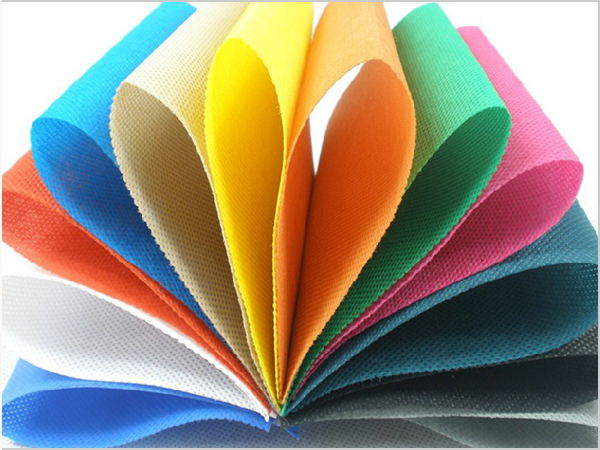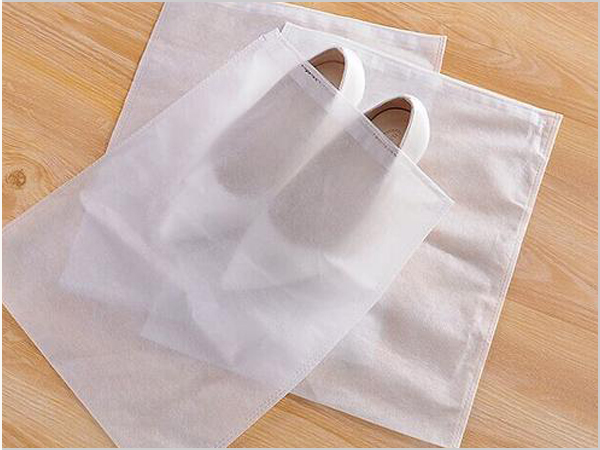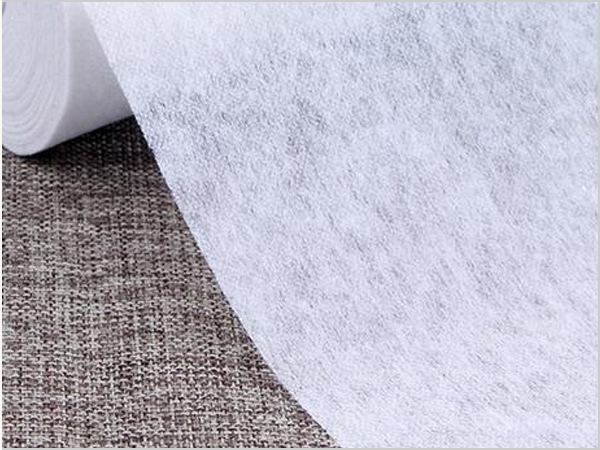- Why can spunbond nonwoven fabric dominate the market?
- Foreign trade exports are moving forward under pressure, with both resilience and challenges coexisting
- Explore the environmental protection characteristics and application fields of PP non-woven fabric
- The rise of the Latin American market is expected to become a new growth pole for China's textile foreign trade
- The production process of spunbond nonwoven fabric determines its unique characteristics!

- Telephone: 0551- 66779966
- Cellphone: 18955130444
- Email: 58792982@qq.com
- Address: Building 1-2, East of Wubu Village Section, Hehuai Road, Wushan Town, Changfeng County, Hefei City, Anhui Province
According to the official website of the National Health Commission, on July 28, 31 provinces (autonomous regions, municipalities) and the Xinjiang Production and Construction Corps reported 101 new confirmed cases, including 3 imported cases (2 in Guangdong and 1 in Shanghai) , 98 local cases (89 in Xinjiang, 8 in Liaoning, 1 in Beijing). So far, the number of confirmed diagnoses has shown an upward trend for 5 consecutive days, especially the recent increase in the number of confirmed diagnoses in Xinjiang has affected the hearts of many industry players.
As the country’s main cotton producing area, Xinjiang’s cotton production accounts for nearly 80% of the country’s cotton production, and it is also the country’s main cotton storage area. So far, many companies still hold inventory in Xinjiang’s warehouses. Due to the escalation of epidemic prevention and control in Xinjiang, travel control has been gradually strengthened in various parts of northern and southern Xinjiang, and some cotton warehouses have also been affected to some extent. According to feedback from a trading company in Henan, the recent cotton shipment process in Xinjiang warehouses is strict. Nucleic acid inspections are required for loading and shipment, and the number of vehicles going out of Xinjiang has been reduced, and the freight has also increased. Therefore, it has begun to concentrate on digesting the inventory sources in the Mainland. According to surveys of many enterprises, although the road transportation of some warehouses in Xinjiang is currently restricted, the railway transportation of cotton in Xinjiang has basically remained normal, and from the 28th, the Urumqi Railway Bureau will increase the preferential rate of transportation to the inland from some stations. The proportion of railway transportation will further increase in the later period.
In addition, the reporter conducted an investigation on the growth and management of cotton in Xinjiang. At present, the growth of cotton in Xinjiang is steadily improving, and the topping has been basically completed. In addition, this year, the use of drugs in Aksu, Bazhou and other places in southern Xinjiang has expanded the topping area, which has enabled farmers to save a lot of human resources and improve production efficiency. In addition, the second cotton subsidies in Changji, Kutubi, Hami, Aksusaya and other places have been issued recently. The pressure on cotton farmers' funds has eased and they are actively enthusiastic about cotton field management. Although various places have strengthened the control of the movement of people, cotton farmers can go to the cotton fields as long as they can perform other necessary protective measures through temperature measurement and health code checking.
- Why can spunbond nonwoven fabric dominate the market?
- Foreign trade exports are moving forward under pressure, with both resilience and challeng
- Explore the environmental protection characteristics and application fields of PP non-wove
- The rise of the Latin American market is expected to become a new growth pole for China's
- The production process of spunbond nonwoven fabric determines its unique characteristics!
- The global trade landscape is undergoing significant changes in 2025
- The 11th China International Silk Conference was held in Shengze
- What are the core advantages of spunbond nonwoven fabric?
- What are the magical aspects of the manufacturing process of spunbond nonwoven fabric?
- The textile industry is enjoying dual policy benefits



